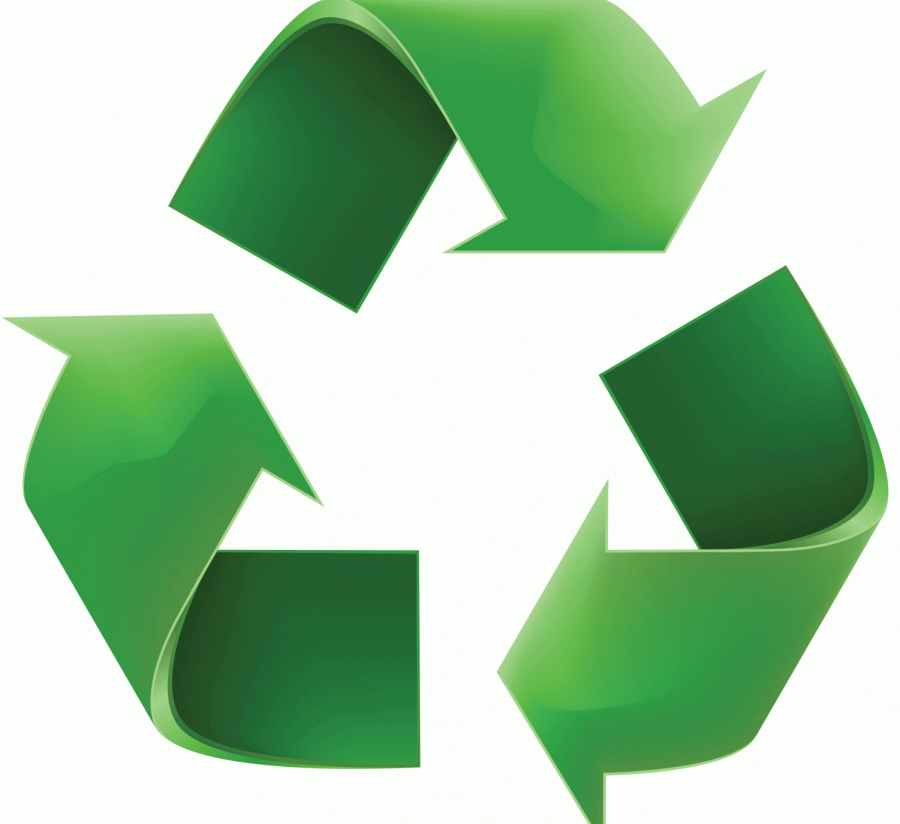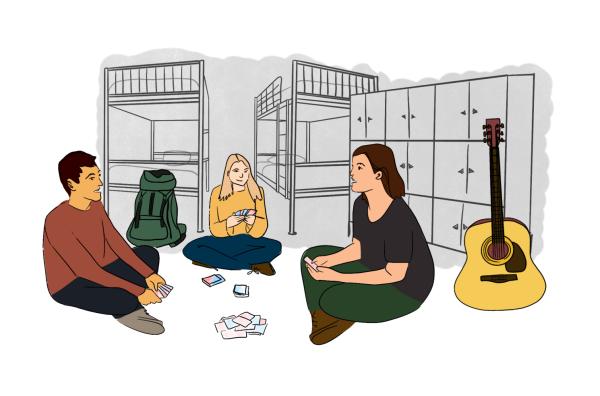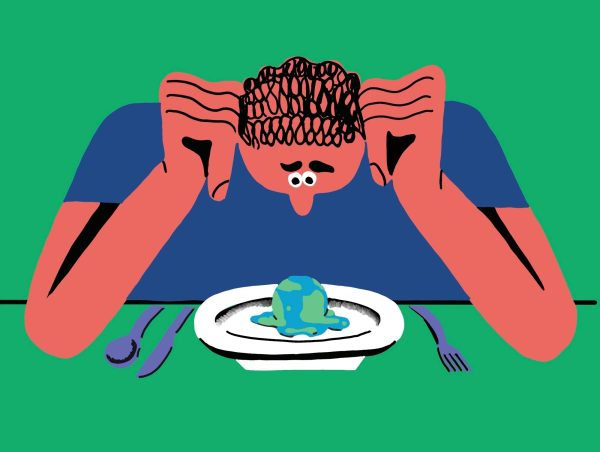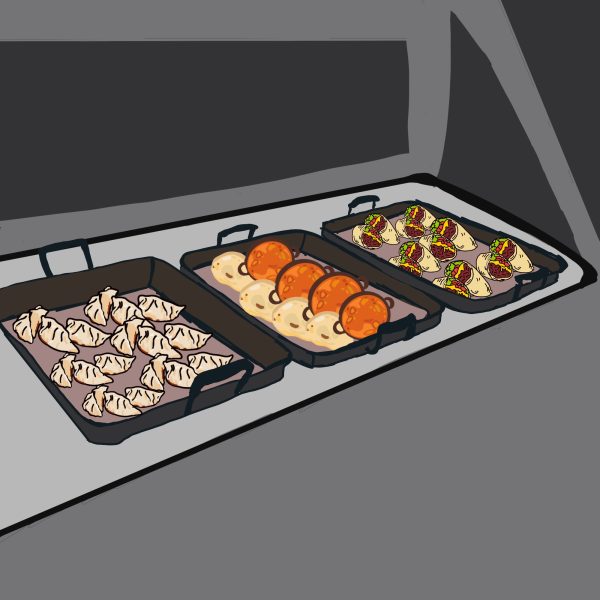Reduce, REUSE and Recycle
When it comes to sustainability and “going green,” we often think of recycling. For some of us, it has been ingrained into our daily habits that water bottles do not belong in the trash. We don’t have to think twice about recycling plastic milk containers or cardboard boxes. For others, recycling is a rather new phenomenon, but one that is catching on quickly. Recycling seems to be the end-all answer to becoming environmentally friendly. But why do we place so much emphasis on recycling when we can do better? The saying goes, “Reduce, Reuse, Recycle,” right? Why do we focus solely on the “recycle” part, when there are two steps prior to this that could help so much more?
“Reduce” is pretty self-explanatory. If we use less, we generate less waste in general. “Reuse” is a bit more interesting because it can have two meanings. Conventional reuse involves using the item again for the same function, such as reusing the tupperware you store your leftovers in instead of wasting new containers every time. New-life reuse is where you can be a bit more creative and use an object for an entirely different function. An example of new-life reuse could be turning your empty glass milk bottle into a flower vase. This form of reuse gives new life to old but still fully functional products without reprocessing them. Reusing products saves time, energy, resources and money!
Reducing and reusing allow products to be used to their fullest extent and decreases the amount of waste sent to landfills and incinerators. It keeps the environment cleaner on a local and global scale. Focusing on reducing and reusing prevents pollution caused by harvesting new raw materials. Avoiding this harvesting saves energy. Saving energy helps sustain the environment for future generations by reducing greenhouse gas emissions that contribute to global climate change. The reasons are endless for why reducing and reusing should be your primary options in going green.
Disposable products have taken over our society to provide ultimate convenience. There are many ways to avoid becoming victim to these products. You can bring reusable bags to the grocery store, drink your coffee in a reusable stainless steel mug, bring a reusable water bottle around with you, avoid plastic straws and buy glass products over plastic. Borrowing items from friends or buying used products are also great examples of reuse. The most effective way to lessen waste is to not create it in the first place. Try to be mindful of ways you can reduce and reuse before you recycle.










